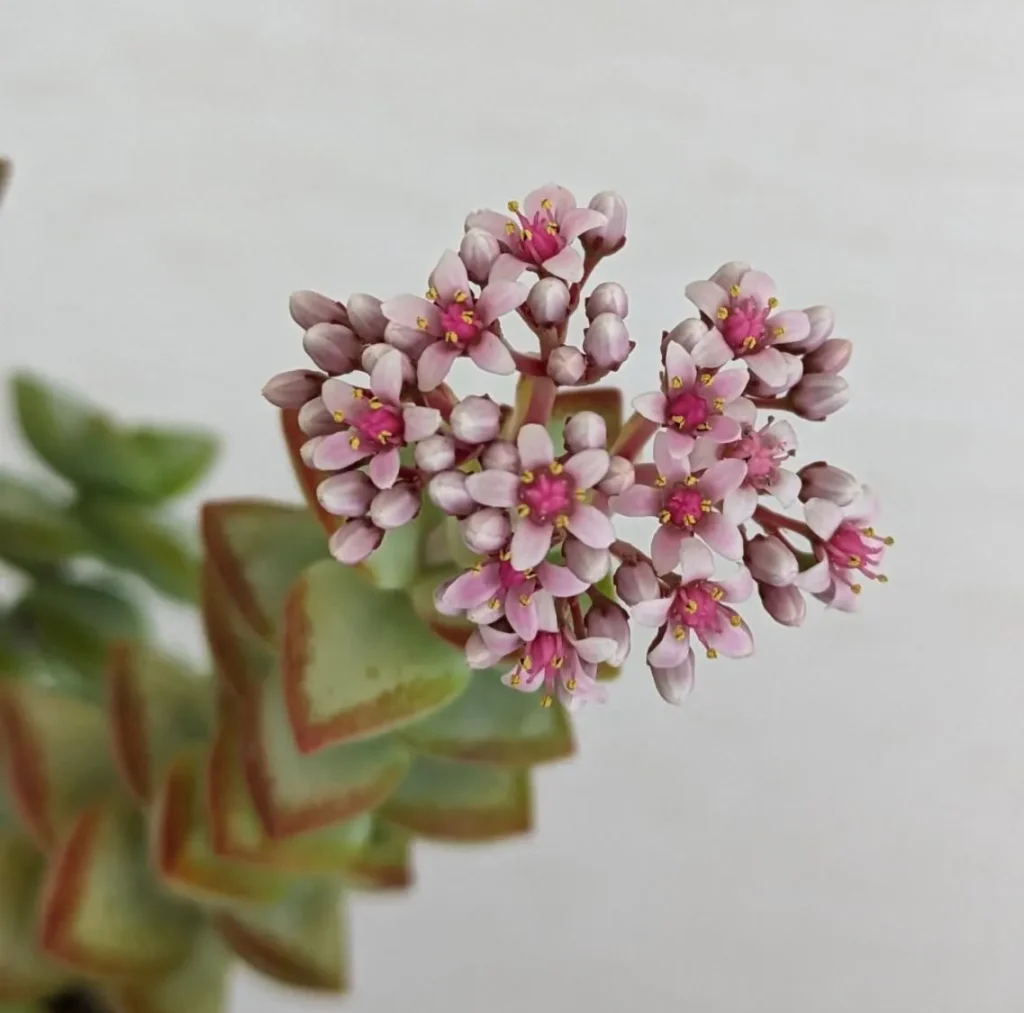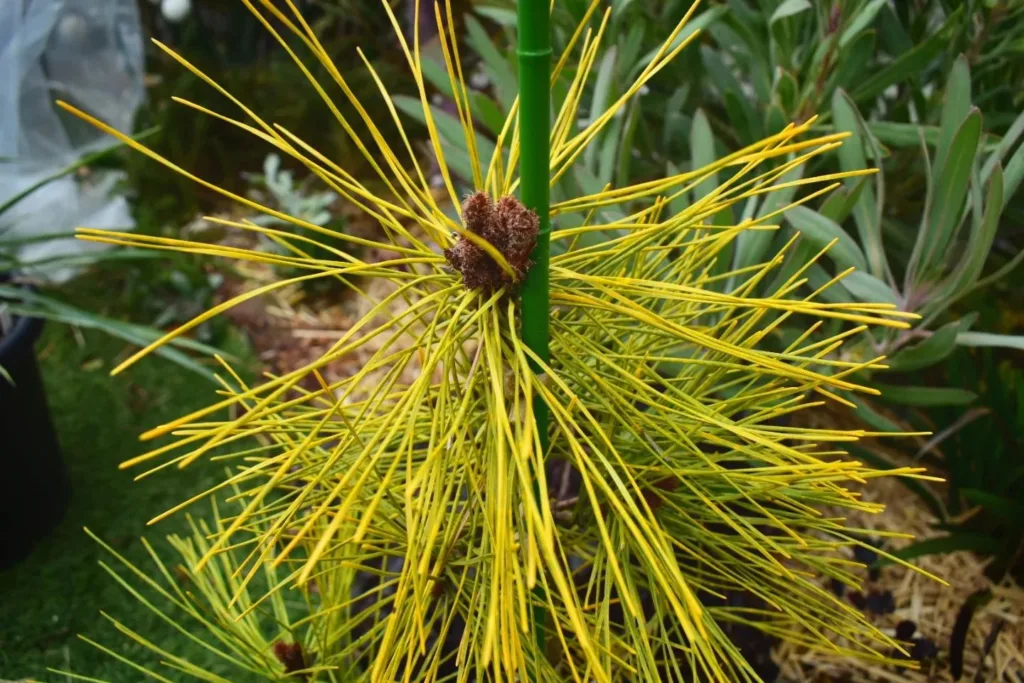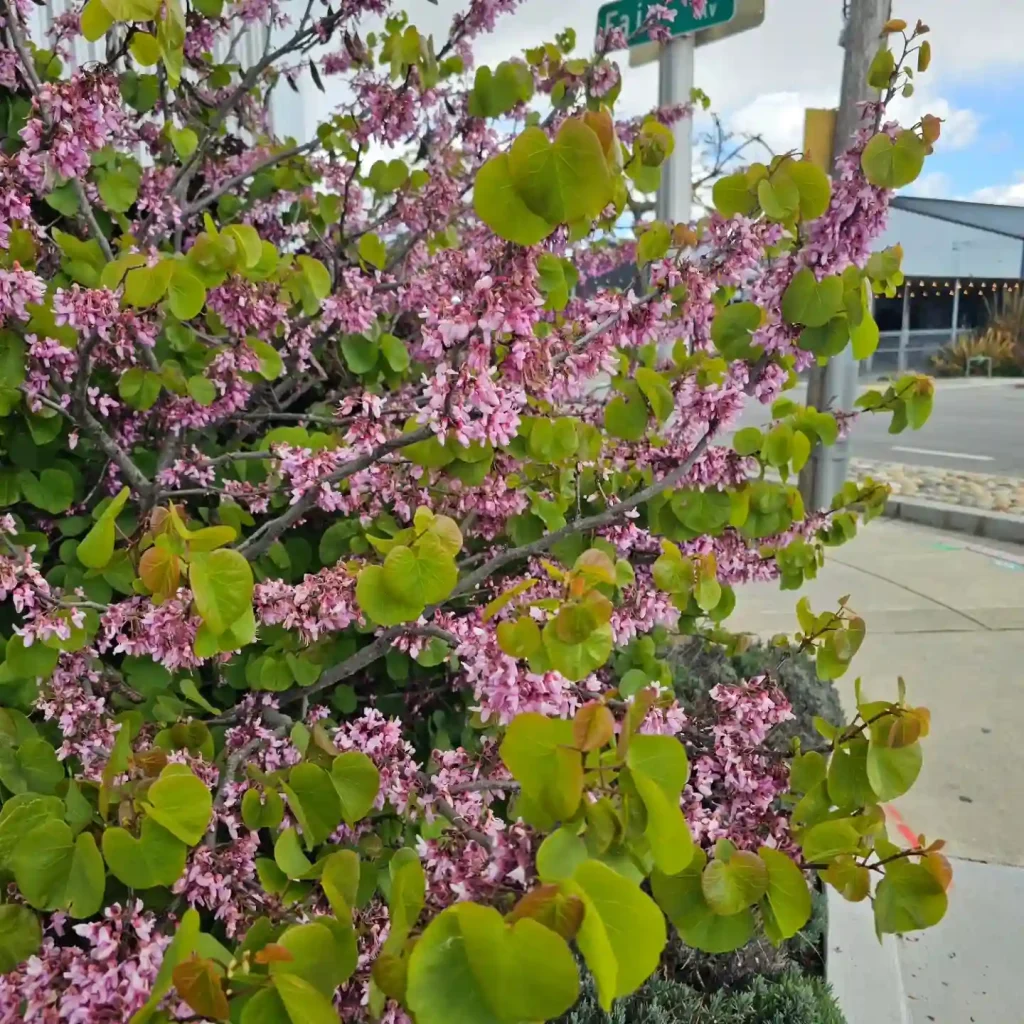
What is Mazus Reptans?
Mazus Reptans synonym of Mazus miquelii, also known as creeping mazus, is a low-growing perennial that forms a lush carpet of small, green leaves and delicate, snapdragon-like flowers in spring and early summer. It’s great for filling in gaps between stepping stones or as a ground cover in shady areas. I love how it creates a soft, inviting look in my garden and helps suppress weeds.
41 Species in Genus Mazus
When to plant Mazus Reptans?
The best time to plant Mazus Reptans is in the spring or early fall when the temperatures are mild and the soil is workable. I’ve had the most success planting it in these seasons, as it gives the plants enough time to establish their roots before the extreme temperatures of summer or winter set in. This timing has helped ensure that my Mazus Reptans thrives and spreads nicely in my garden.
How to plant Mazus Reptans?
When I planted Mazus Reptans in my garden, I started by choosing a spot that gets partial shade and has moist, well-draining soil. I made sure to prepare the area by loosening the soil and adding some compost to enrich it. After that, I carefully spaced the plants about 6 to 12 inches apart, digging small holes just deep enough to cover the roots. Once they were in the ground, I watered them thoroughly to help them settle in. Over the next few weeks, I kept the soil consistently moist to ensure they established well.
Is Mazus Reptans invasive?
From my experience, Mazus Reptans isn’t particularly invasive. It spreads quickly and forms a dense mat, which is great for ground cover, but I’ve found it pretty easy to manage. It stays within its boundaries in my garden with a bit of occasional trimming. Compared to truly invasive plants, it doesn’t seem to take over areas aggressively, which is a relief because I love how it fills in spaces without becoming a nuisance.
Where to buy Mazus Reptans?
I bought my Mazus Reptans from a local nursery that specializes in perennials and ground covers. They had a good selection, and I was able to choose healthy-looking plants. I’ve also seen it available online through various gardening websites, which can be a convenient option if you’re looking for specific varieties or if local nurseries don’t have it in stock.
How to propagate Mazus Reptans?
To propagate Mazus Reptans, I found it easiest to divide the plants in early spring or fall. I simply dug up a clump and carefully separated it into smaller sections, making sure each new section had plenty of roots attached. Then, I replanted these sections in new areas of my garden and kept them well-watered until they established. It’s a straightforward process and really effective for spreading the plant around my yard.
Is Ajuga the same as Mazus Reptans?
Ajuga and Mazus Reptans are not the same, though they have some similarities as ground covers. Ajuga, or bugleweed, has more prominent, often darker foliage and spikes of blue flowers, whereas Mazus Reptans has more delicate, lighter green leaves and smaller purple or white flowers. Both are great for ground cover, but they have different growth habits and appearances.
Is Mazus Reptans evergreen?
Mazus Reptans is evergreen in milder climates, which means it keeps its green foliage throughout the winter. In my area, where winters are not too harsh, it stays green and vibrant all year round. It’s nice to have some greenery in the garden even during the colder months when most other plants have died back.
Is Mazus Reptans poisonous to dogs?
Mazus Reptans is not poisonous to dogs, which was a big relief for me since I have a curious pup who likes to sniff and sometimes nibble on plants. It’s always a priority for me to ensure that any plants in my garden are safe for pets, so knowing that Mazus Reptans is non-toxic was a big plus when I decided to plant it.
If i die, water my plants!



